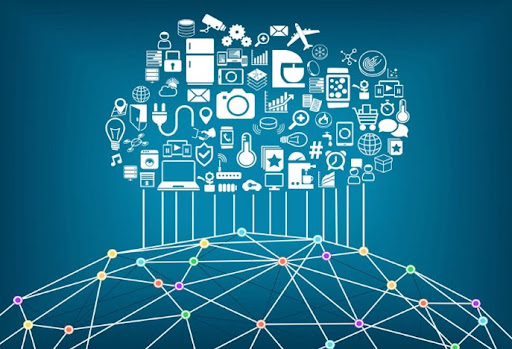As our world becomes increasingly connected, the popularity of smart devices is reshaping how products are being developed.
From how we communicate, shop and travel to the ways in which we entertain ourselves, the internet has already transformed our lives. And as technologies continue to advance, it is revolutionizing product design and development too. By connecting ordinary everyday products to the internet and making them “smart,” brands and product developers are realizing new opportunities to learn about how people actually use their products in real time — and adapt future designs accordingly.
Whether discussing smartphones, appliances, vehicles or other connected devices, a report from Cisco reveals the number of devices connected to networks (29.3 billion) will be more than three times the global population by 2023. With more connected devices being designed, developed and launched every day, the future of IoT has the potential to be limitless.
Contents
The Future of Internet of Things Product Design
In the pre-IoT era, consumer products were designed to be stylish, safe, durable, cost-effective, desirable and ultimately do what they were designed to do. While the actual design of a product is largely the same as before sensors, processing ability, software and other technologies were embedded into it, smart products are fundamentally different than their “dumb” counterparts.
Leveraging increased network agility, integrated artificial intelligence and the capacity to deploy, automate, orchestrate and secure a myriad of devices at scale, the IoT simultaneously enables billions of devices to connect and exchange data with other devices and systems. Now, dishwashers, thermostats, dryers, refrigerators and other previously mundane devices are being designed to collect and share information, creating a “system of systems.”

As the world continues to deal with the impact of the ongoing COVID-19 pandemic, IoT products are currently being designed to ease the transition to the “new normal.” Whether simplifying shopping, making going out into public safer or securing our digitally dependent daily work and leisure activities, IoT product design will continue to have a transformative influence on our everyday lives. In working with our customers, and reading what IoT experts believe will shape the industry going forward, we believe IoT product design will not only focus on health-and-safety efforts but the customer experience as well.
Unfortunately, most IoT products still struggle to connect the dots due to security/privacy concerns and the increasing connection and consolidation of user data. A lot of the information these connected products collect is very technical in nature and tells you what happened with the product, but it often ignores the actual user at the other end of the device. How many different apps does someone truly need to track all of the information their smart devices generate? Plus, if the information generated about how the product is actually used is not sent back to the company that launched that product, how can they design a better product experience in the future?
As connected products become more ubiquitous, the future of IoT product design will no longer be about building products but will instead focus on designing the optimal experience for customers.
What’s Next in Internet of Things Product Development
Connectivity enables smart products to become pieces of a larger community of products, processes and people that naturally change as users generate data. As IoT product design and the corresponding technologies evolve, IoT product development of the future will take advantage of the massive volumes of actionable data such products generate to digitally connect our world even further.
Today, products themselves are starting to provide unprecedented levels of information that can be used to improve how products are developed and the customer experience. Data from connected devices now offers developers contextual information that was previously unavailable without conducting surveys and focus groups or scouring social media and online ratings:
- Where are products being used?
- How are they being used?
- Which customers are using them at any given time?
So, while a product may have been developed for a specific purpose, product development companies must acknowledge that products might be used in different ways — and embrace that fact. Some other trends we are currently witnessing include the following:
- 5G and a variety of connectivity options: Which option makes the most sense for your product and its various use cases?
- Prioritizing healthcare: The advent of the coronavirus has shined a spotlight on digital and remote healthcare.
- Smart building technology will center on employee health and safety: Rather than emphasizing energy efficiency and productivity, today’s IoT products are being developed with a focus on social distancing and track-and-trace capabilities to minimize the spread of the COVID-19 virus.
As a company focused on internet of things product design and development, Cardinal Peak uniquely understands the trends in this space, how they will impact the evolution of the IoT and what that means for our customers launching innovative connected devices. Our IoT device engineering team has extensive experience with internet of things product design and IoT app development and is prepared to help you develop devices that can thrive in today’s networked ecosystems. Let us know how we can help you reduce both cost and time to market while capitalizing on the future of internet of things product design and development.
